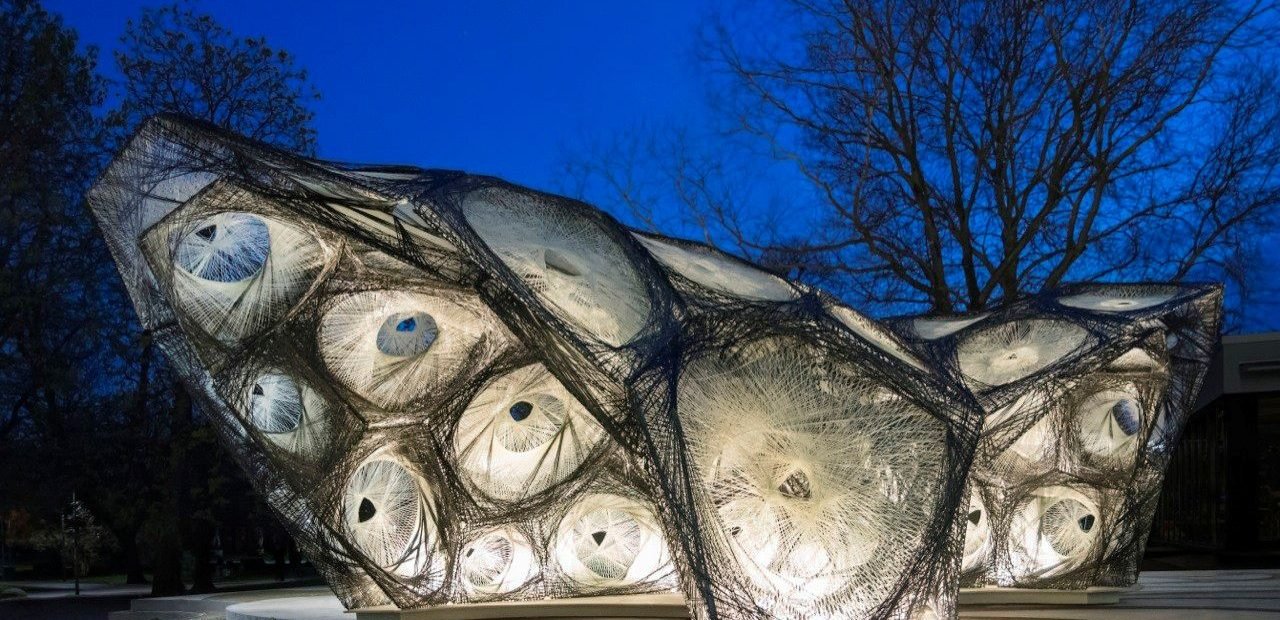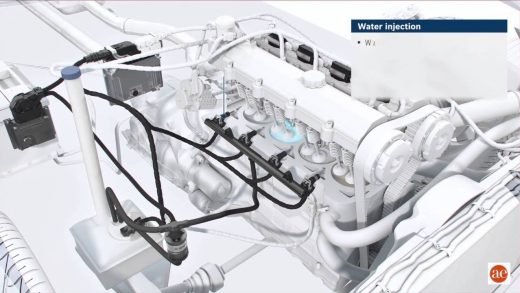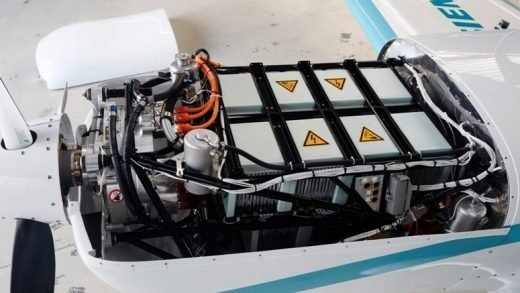Architecture and the hourglass – art installations and pavilions
You might ask yourself one thing I have kept asking myself too since the very moment the title “Architecture and the hourglass” came to my mind: What does architecture have to do with an hourglass? Or better still, what do architecture and the hourglass have in common? Well, the answer is as simple as that. Time!

*The Cube by Oyler Wu Collaborative
Now that’s not the most clear concept one could come up with. But let us start with the beginning. How does an architecture project start? Well, usually, there are these written ideas that come after years of learning and several sleepless nights of brainstorming, but the most important part of the beginning of a project is the drawing. In the words of Babak Bryan and Henry Grosman, founding partners of BanG studio in Long Island City, New York, ‘the drawing is a result of the process, but also describes process’. It is therefore the universal language that could have taken just several minutes to draw but contains information of a long time, keeping track of the past and adding the new element to evolve and describe the future… Future project, future inspiration, future ideas. Therefore, a simple sketch is fundamentally dynamic.
 *Zaha Hadid’s drawing
*Zaha Hadid’s drawing
Thus, architecture itself is dynamic. It evolves – no physical structure can be immune to the passing of time – and it should be able to answer to the needs of the period of time it evolves in. It is supposed to be able to accept the future.
Dr. Ouelet: “You are the first of your kind. But you’re not invulnerable.”
The Major: “Well, maybe next time you can design me better.”
(from the Ghost in The Shell 2017 movie)
Imagine you’re turning your hourglass up-side down, all of a sudden. No one has touched it for a long time. It is full of dust, quietly resting but still you feel like bothering it and you turn it. Does the sand complain? Or did it accept the ‘baffling’ and started its movement like it would have been expecting it for years? Did the glass broke? No! And architecture shouldn’t either. For several years, its evolution is easy to anticipate. But for a long time, it isn’t. It takes a great amount of attendance to the time and context one structure is built in, a mindfulness for the history of the city and the development of materials, function and style to be able to predict the events one building might need to face after several decades.
 But time is not only about ever-lasting. It is also about ephemeral. And this is something both architecture and hourglass have devoted their beauty and fragility to.
But time is not only about ever-lasting. It is also about ephemeral. And this is something both architecture and hourglass have devoted their beauty and fragility to.
In architecture, most common examples of temporary structures that can be all in one beautiful, innovative, and a great opportunity to experiment with geometries, materials, colours, digital fabrication and so on are pavilions and art installations. These are also providing a ‘playground’ for research in smart materials, for programming industrial robots or even drones and come up with new solutions, geometries and functions that could later be used in buildings. They are, the way I see it, an amazing opportunity for students to learn and to have the courage to come up with something new, something that has never been done before.
And to emphasize this idea, I will come up with the best example I can think of, that has mainly involved students, made at the Institute of Computational Design and Construction and the Institute of Building Structures and Structural Design of the University of Stuttgart in 2013-2014, a bionic research pavilion shown in the image below.

See the process of research and design at:
Installations also provide an amazing range of possibilities, from challenging geometries to challenging science, sometimes being the most appropriate thing to put in an open space to become like a statue people will stop to admire or inside a building to transform its interior into an unforgettable otherwordly experience.
Indeed pavilions are not ever-lasting. Neither are installations. But the possibilities they bring are a never-ending story. Therefore, the concept of bringing architecture, technology and science together in these ephemeral structures is indeed bound to confront time.

*Coral-like installation for Orlando Convention Center
Webography:
http://www.archdaily.com/484551/perspective-on-the-cube-by-oyler-wu-collaborative
Source: Anca Badut
Photo/video source: Anca Badut









Recent Comments